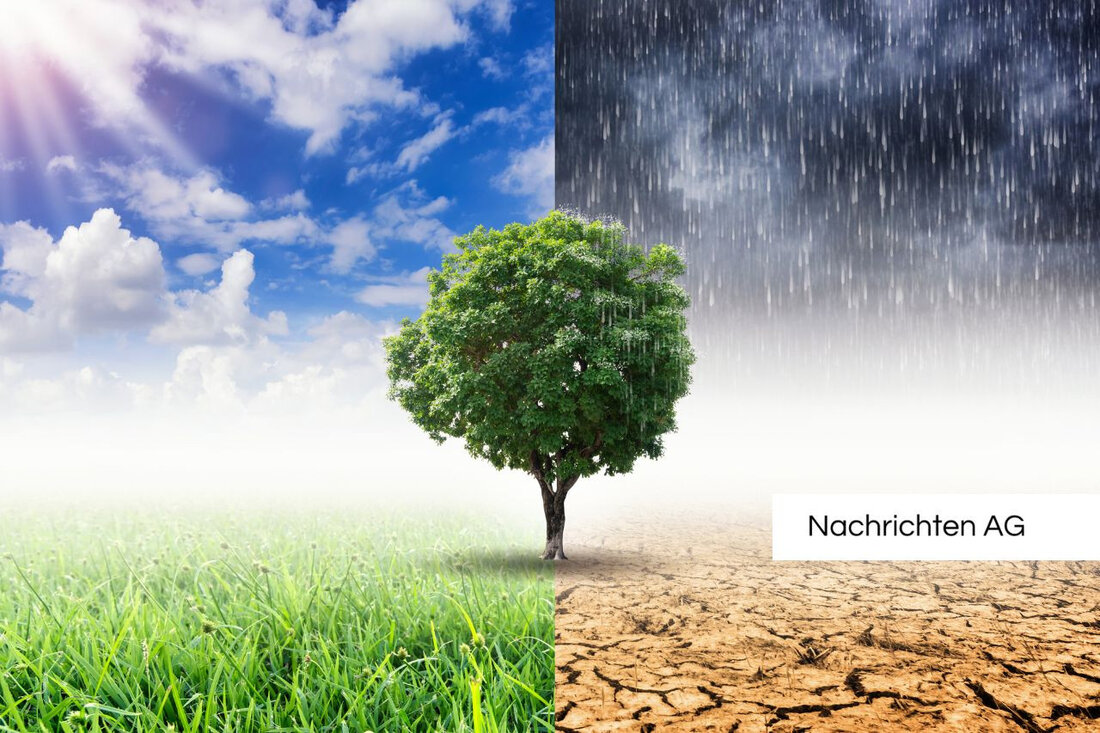Red alarm level: forests and bogs fail in climate protection!
Red alarm level: forests and bogs fail in climate protection!
Due to various environmental changes and human influences,forests and bogs, which acted as CO2 sinks for a long time, face major challenges. Current analyzes show that these ecosystems now emit more greenhouse gases than they save. According to a report by Tagesschau experts warn that Germany could miss its climate targets in the Lulucf sector (Land Use and Forestry) in the long term. This situation could have serious effects on the entire climate policy, not only in terms of forests and bogs, but also in other sectors such as traffic and buildings.
The scientists emphasize that the forests could only become CO2-Senke again after 2050. This information comes from Andreas Bolte, an expert for forest ecosystems. The current situation in the German forests clearly shows that rewetting of bogs and a reforestation are necessary to stop the trend of climate-based emissions. In addition, the inclusion of society, especially farmers and foresters, is crucial for the success of these measures.
threats from climate change and human action
The emissions from bogs are particularly alarming because many of them have been drained heavily in Germany. In 2022, the bogs released around 53.4 million tons of CO2 equivalents, with agricultural moss soils made up for around 43.0 million tons. This is in stark contrast to the goals for the Lulucf sector, which strive for a reduction in net ETHG emissions by 25 million tons by 2030
Developments in the field of carbon storage are worrying. The forests of Germany, which cover around 31 % of the land surface, have had an increasingly positive balance in carbon storage in recent decades. But since 1990 the net-EHG emissions from the Lulucf sector have dropped of approximately 40 million tons to only 4 million tons, and the estimate for 2023 has 3.6 million tons under an unsafe star, such as the Environmental Federal Office reported.
strategic measures and the future outlook
In order to achieve the climate goals, the Federal Environment Ministry makes it clear that a new climate protection program must be presented by March 2026. An essential element in this strategy is the Natural Climate Protection Action Program (Ank), which is intended to support the management of forests and bogs. The legal and economic hurdles that hinder the afforestation should be dismantled.
Furthermore, EU policy plays a crucial role, since negotiations on the common agricultural policy are important for subsidies in agriculture from 2027. Additional measures to reduce emissions, in particular from drained moor areas, are required. The international dimension of this problem is also illustrated by the Convention of Paris, which pursues the goal of keeping global warming below 2 ° C.
Switzerland has set itself a long -term climate strategy to reduce greenhouse gas emissions to zero net by 2050. According to a publication of the Federal Office for the Environment is supplemented by negative emissions, by remaining emissions compensate. The aim is to reduce carbon emissions by around 90 percent compared to 1990 by 2050.
The upcoming major challenges in the area of climate protection make it clear how important integrated strategies are that take into account both natural ecosystems and agricultural practices. Only through community efforts and innovative solutions can the way be paved into a climate -neutral future.
| Details | |
|---|---|
| Ort | Deutschland |
| Quellen | |


Kommentare (0)